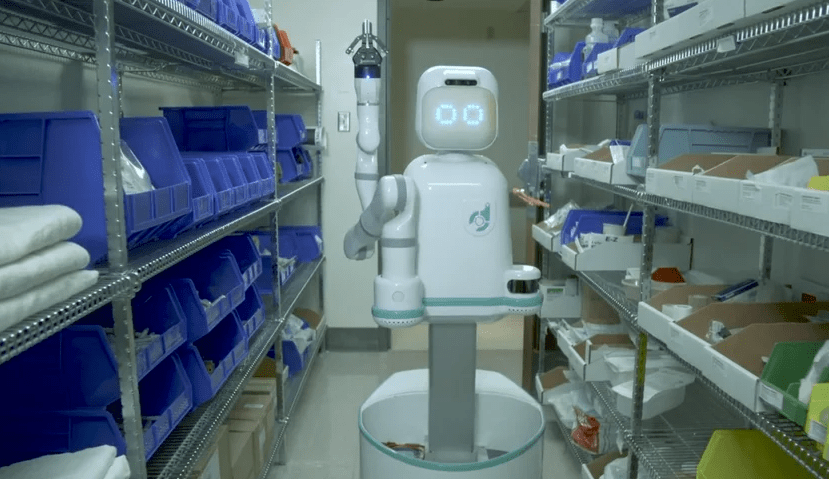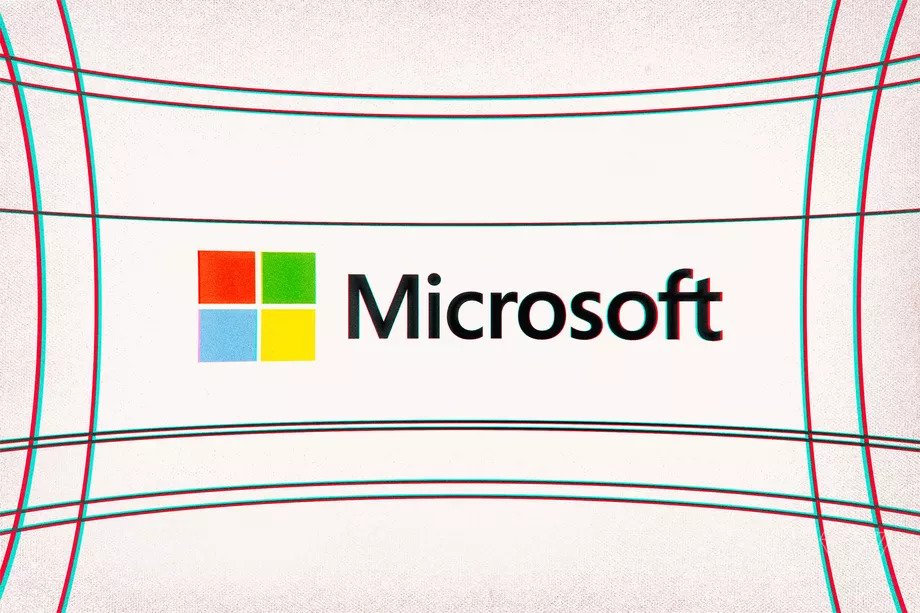COVID-19 Helps Raise Income of Online Tutors Around the World
The COVID-19 is grabbing headlines all over the world for its rampant spread across Europe and North America. With the number of affected and dead keep rising every day, the world will have to wait out this pandemic. Recently, India has gone in for a 21-day complete lockdown to prevent the spread of the virus throughout the country. Around the world as well, most states have opted to implement travel bans, shut offices, and schools and also shut down public transport. The shutting down of schools and colleges has led to millions of students being left without a class. While these times are tough and trying, it has led to a surge in the online learning industry. With almost every student having to rely on online learning technologies to get their education, online tutors are making more money than ever before. Here’s a look at how the COVID-19 has led to a massive rise in income for online tutors.
Online Tutors Getting Rich
Raven Kate De Leon is a Filipino teacher, who is now working harder than ever before due to the COVID-19. She is working more than 10 hours a day from her home, in front of her home computer. Her desk is scattered with stuffed toys, cars and dolls, all of which she uses while teaching English to students from around the world. These toys help her lighten the mood and infuse some energy into her classes. With China having shut down, many students are now relying on teachers like Leon to get their education. Just like her, thousands of Filipino teachers are now cashing in on the disease by working overtime as grade school teachers. Instead of being frustrated due to the lockdown, these online tutors are turning this pandemic into golden opportunities.
The Philippines to the Rescue
Very few Asian countries have what the Philippines have. The country has both the technical capabilities and an ample supply of teaching professionals who speak flawless English. Both these combined help make this country into an online-learning powerhouse, helping out students all over the world. Platforms that mete out virtual learning, such as China’s 51Talk and the Filipino RareJob has grown tremendously in the last few months.
Ever since the COVID-19 hit Chinese shores, these platforms have developed as they serve as one of the few ways to teach students. Teachers who used to take eight classes daily, now take 20 to keep up with the more significant surge in demand. With the children being stressed out themselves, not being able to understand what’s happening around them, these classes also serve as a means to calm them down. Leon usually works from 8 in the morning to 11 at night, and never even takes a day off! A 25-minute session costs the student around $6.36, and most teachers earn $2.53 per hour.
Traditional Education Shuts Down
China shut all its schools and colleges in February in a bid to contain and prevent the further spread of the infection. Once the virus spread to other areas and countries, most of them had to follow suit and put the same measures in place. This led to the complete breakdown of traditional forms of education, with UNESCO calling this a modern-day educational crisis. The organization has stated that the pandemic has left over 290 million children without a school or college to attend. In such trying times, the safest option that people have to get their children educated is online learning.
With the virus being extremely viral and infectious, social distance has become the norm of the day. In such an environment of COVID-19, virtual classrooms and online learning initiatives might be the only option available to students who want to learn. Companies such as 51 Talk is making full use of this migration towards online learning, and the company employs over 20,000 teachers in the Philippines.
As these teachers work from home the entire time, they have also been able to stay clear of the viral infection. The Philippines is battling the disease, with over 400 positive cases. The market share value of the company China Online Education, which is valued at $419-million rose 154% while the NYSE index fell by 34% in the same period. Other platforms such as TAL Education Group, New Oriental Education and GSX Techedu Inc have also witnessed an enormous rise in share values, by 24%, 17%, and 112%, respectively.
RareJob employs over 6,000 Filipino tutors and works mainly in the Japanese market. They have seen a doubling of their customer base, with over 800,000 customers signing up since February. The company charges $60 for Japanese and $100 for English classes, and this is 40 times cheaper than the online learning classes based in Japan. Several companies are unable to keep up with the massive surge in demand. Regardless of whether the schools and colleges will open soon, it is clear to see that online learning institutions have made a long-lasting impact on the world’s education sector.

Being a cinephile with a love for all things outdoorsy, Athulya never misses a chance to chase inspiring stories or poke fun at things, even when the subject is herself. Currently pursuing a degree in mechanical engineering, she is someone innately interested in technical and scientific research. Music reviews and op-eds define her as they allow her to explore different perspectives. Though sometimes she thinks she makes more sense playing the guitar than she does while writing.





